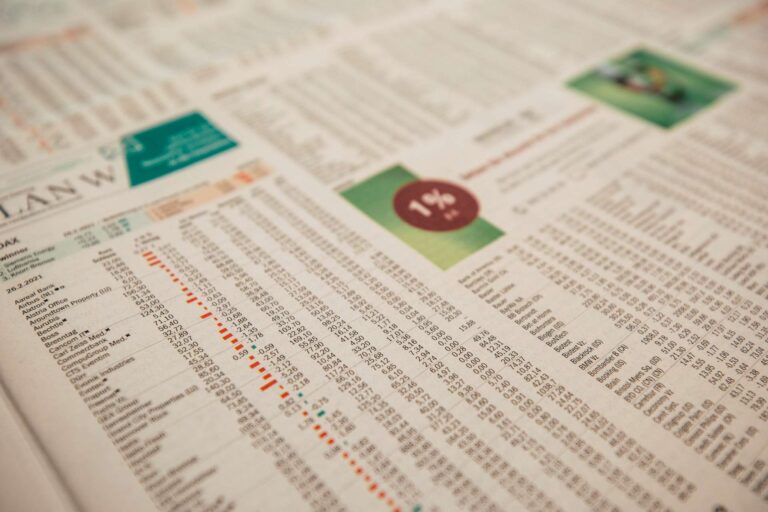Economic and financial indicators are parameters that provide information, in a systematic way, on the present and possible future developments of a company, a country or markets.
Table of Contents
Economic and financial indicators in companies
In a balance sheet, economic indicators are the quantities that provide information on the performance of a company’s economic activity. Examples of economic indicators are:
- the operating result, i.e. the profitability of sales before financial expenses;
- the ratio of costs (financial charges) to revenues;
- those related to profitability. Such as operating profit, return on investment (ROI, return on capital employed) and return on equity (ROE, return on equity).
Financial indicators, on the other hand, provide a detailed analysis of the company’s performance, communicating the ability to achieve and maintain a financial balance. They give information on financial performance parameters such as:
- leverage or financial leverage (i.e. the ability to meet its financial debt in relation to the capital contributed by shareholders);
- the degree of financial independence, i.e. what percentage of the business is secured with own means;
- liquidity;
- stock rotation, i.e. the speed with which products are sold;
- the rotation of working capital, i.e. how often it is reproduced through sales;
- cash flow.
Macro’ economic and financial indicators
From a ‘macro’ perspective, indicators are necessary information to understand the past, present and future strength of a country or area.
There are data – such as Gross Domestic Product – that summarise an economic picture in a (slightly) earlier period.
Other macroeconomic indicators, such as industrial production, take a snapshot of the present and serve to understand where an economic cycle stands.
Finally, there are economic indicators called ‘anticipatory‘, because – as in the case of consumption – they give indications of a possible future development. Higher sales, in fact, are a sign of confidence that suggests possible economic growth.
Financial indicators can also provide scenario information, which goes beyond the individual company. And even then they can take a snapshot of the present or provide indications of possible future developments.
Unlike economic indicators, financial indicators draw information from the markets. Examples of financial indicators include:
- the VIX index (which measures volatility and – to some extent – investors’ fear);
- the level of Credit Default Swaps (which signals an increase or decrease in fear);
- the flow of investments;
- the quantity of IPOs (if increasing, they are a positive signal).
Read also: Navigating bank stocks: a complete guide to investment












